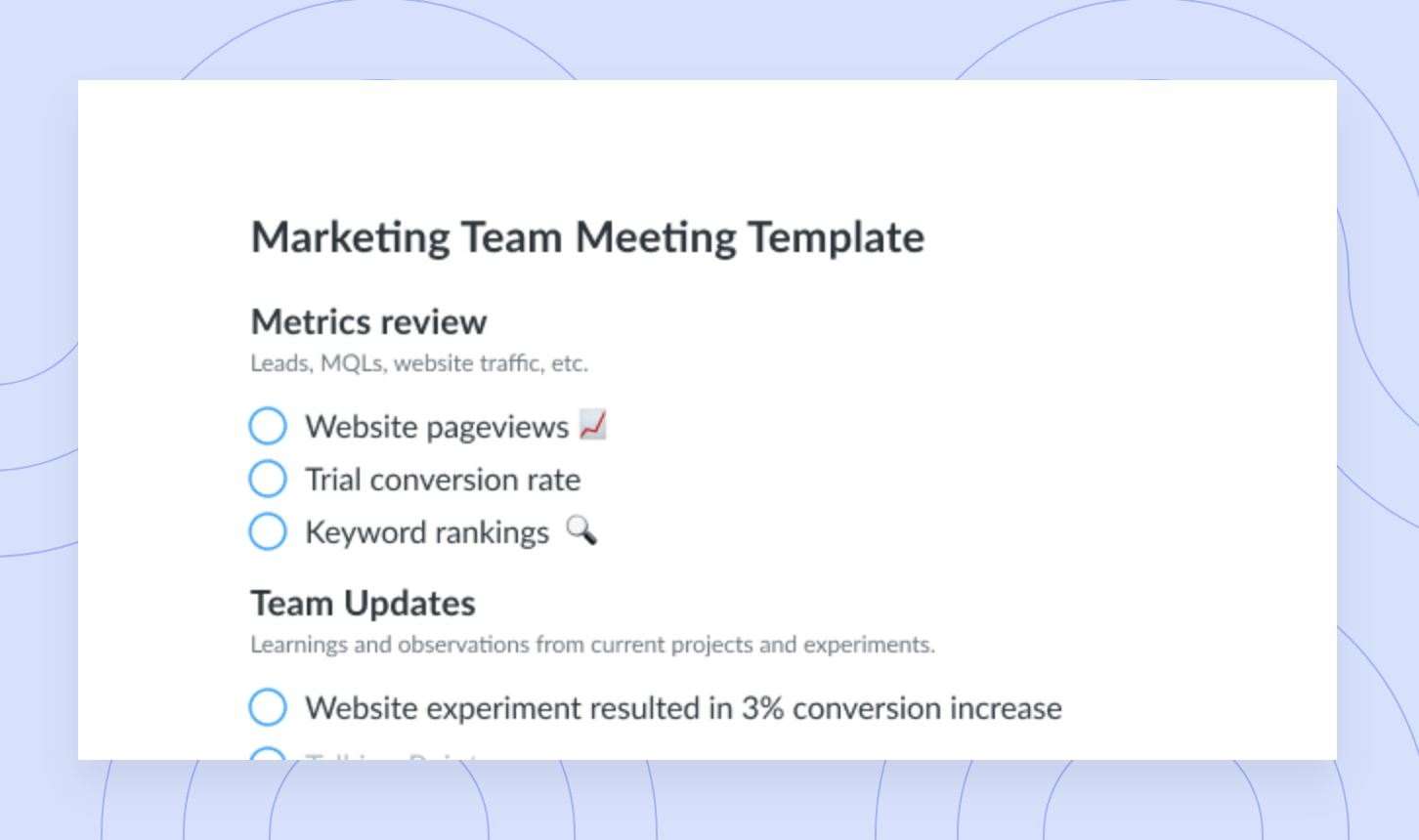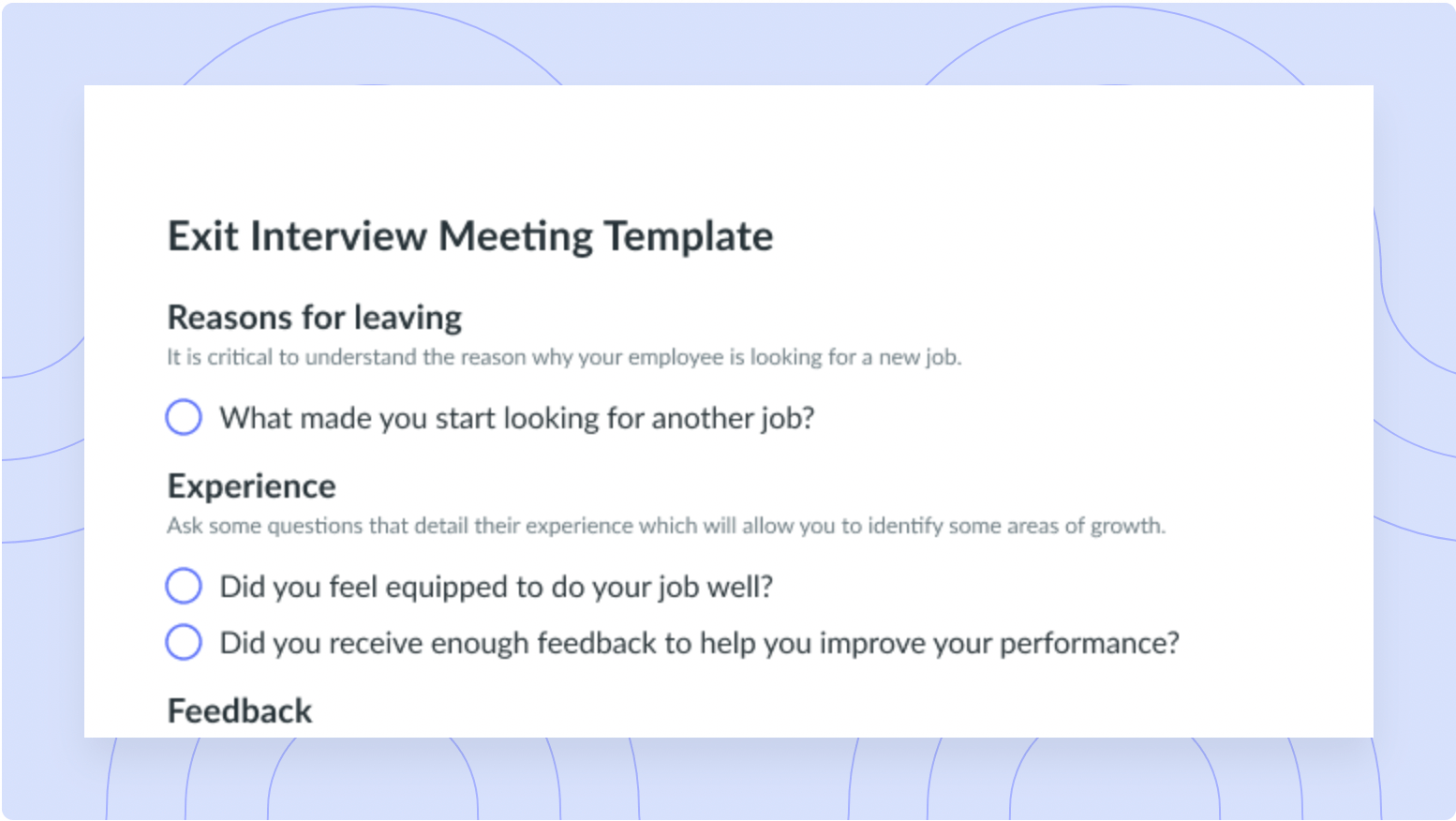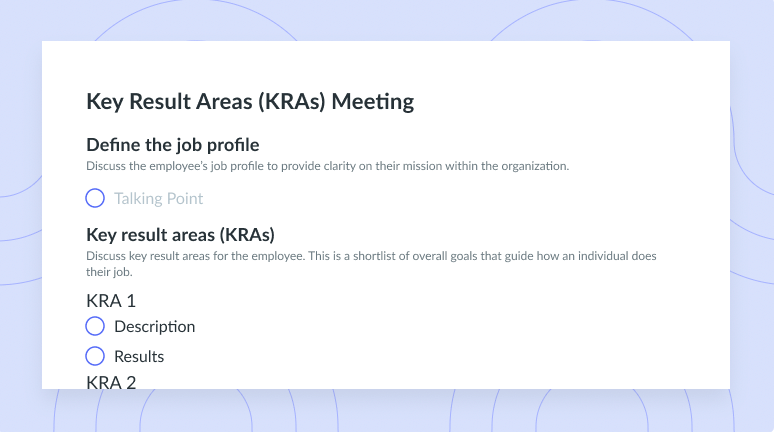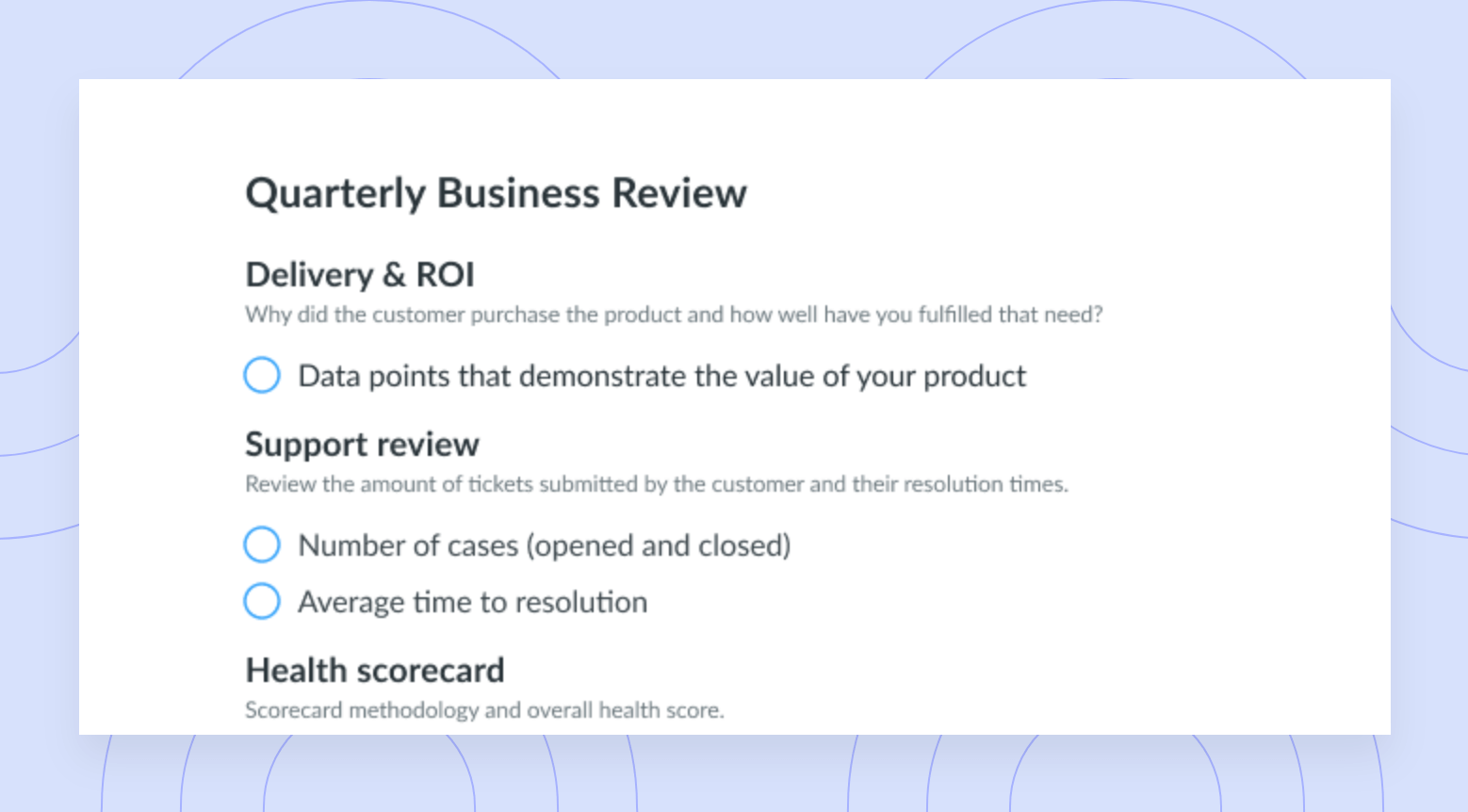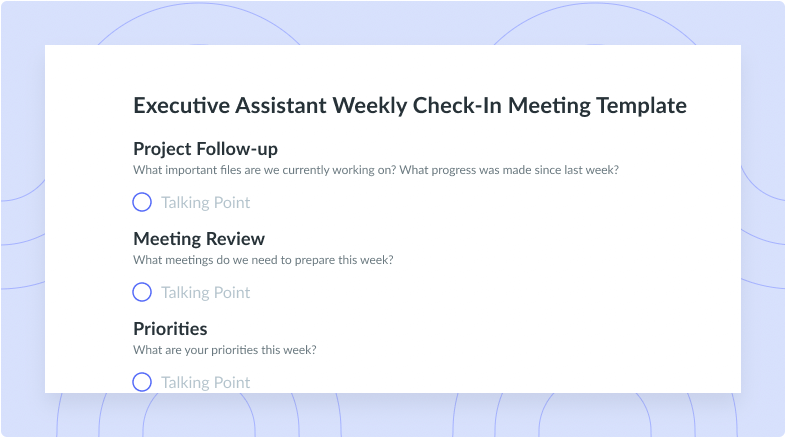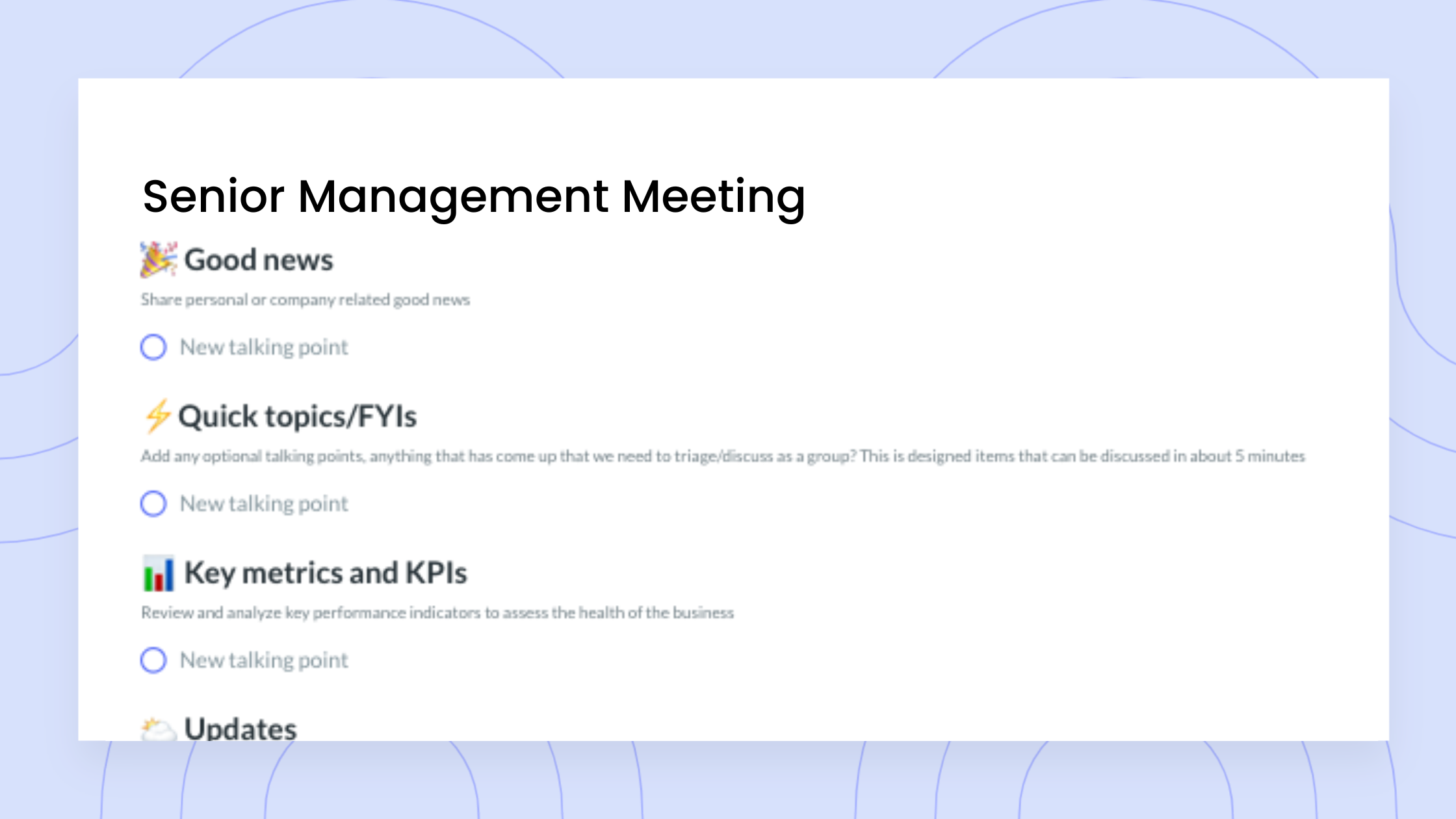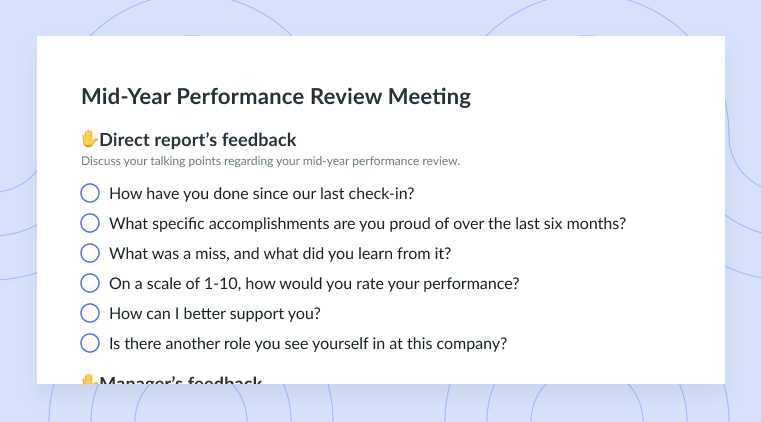8 Signs of Meeting Burnout and How to Combat it
If you’re completely exhausted from being in back-to-back virtual meetings all day, you’re not alone. Learn about the signs of meeting burnout and how to combat it.
Burnout, and specifically meeting burnout is affecting the mental health of employees around the world. Especially since the Covid-19 pandemic, in person meetings have become few and far in between, with most of us working from home and our new normal consisting completely of virtual meetings.
Meeting burnout is an evolving issue that has severe implications for individuals and organizations at large. World Health Organization (WHO) has now included burnout in the International Classification of Diseases and has defined burnout as a “workplace phenomena” (World Health Organization, 2019). This article will cover everything you need to know about meeting burnout and how to effectively address it, for a happy, productive and healthy workforce.
- What is meeting burnout?
- Why does meeting burnout happen?
- 8 signs of meeting burnout you should watch for
- 5 recommendations and guidelines
What is meeting burnout?
Burnout is a negative mental health state that arises as the result of incessant workplace stress that has gone unmanaged (Gabriel & Aguinis, 2021, Mheidly et al., 2020). Specific types of burnout derive from this, such as meeting burnout, which is chronic stress due to the frequency, duration, content and design of meetings. Subsequently, meeting burnout creates a breakdown between the person and their organizational responsibilities (Mheidly et al., 2020).
The intense turn to video chats and video calls since the pandemic hit has led to even higher levels of stress and meeting burnout, due to a significant increase in screen time (Mheidly et al., 2020). Individuals who experience meeting burnout feel disengaged and exhausted from their meeting obligations, which is increasingly common since the inception of Covid-19 (Gabriel & Aguinis, 2021).

Make meetings delightful
Make the best use out of everyone’s time in meetings by showing up prepared with a collaborative agenda using a tool like Fellow.
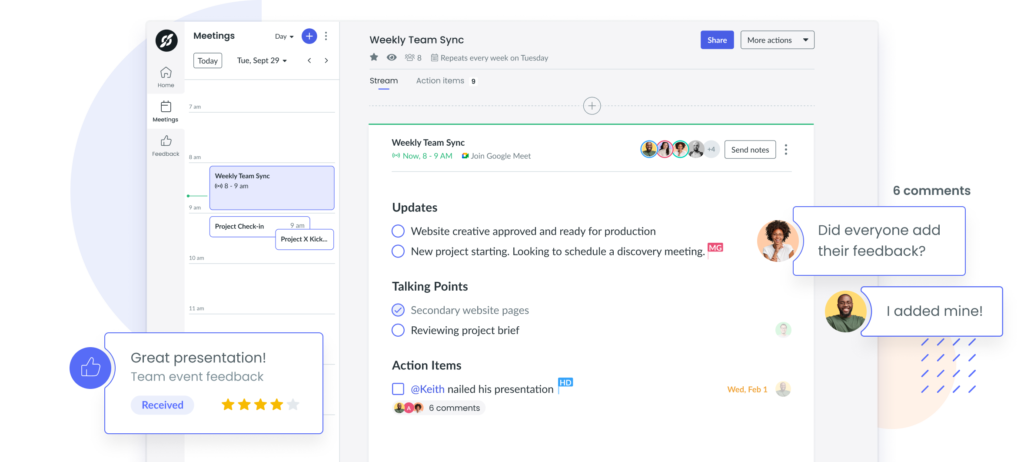
Why does meeting burnout happen?
According to a research article by Gabriel and Aguinis (2021), there are three major reasons why meeting burnout occurs:
1 Overwhelming feelings of emotional exhaustion
2 Negativity toward work
3 Lack of personal accomplishment
These reasons for burnout and more specifically, meeting burnout can be effectively explained by the Job Demands-Resources Model. Here, we present an adapted version by Gabriel and Aguinis (2021).
The Job Demands-Resources Model
Job Demands
Physical, psychological, social, or organizational aspects of the job that ask for continued physical, mental, or emotional effort. Some examples of job demands are: an unfavorable working environment, emotionally draining interactions or a high workload.
Job Resources
The physical, psychological, social, or organizational aspects of the job that support individuals in dealing with stressful situations and support personal growth and development (Demeroutiet al., 2001). Some examples of job resources are: providing feedback, financial security, autonomy and task variety.
Researchers Gabriel and Aguinis go on to say,
“When employees have ample job resources and low job demands, the result is engagement: a positive, fulfilling, work-related state of mind characterized by high energy, mental resilience, dedication, enthusiasm, and happy absorption. Conversely, low resources and high demands lead to burnout.”
8 signs of meeting burnout you should watch for
- You feel exhausted or tense after a meeting
- The thought of a meeting makes you mad
- You easily lose focus during meetings
- Responsibilities become difficult to handle
- Muscle pain, tension, insomnia
- Excessive amounts of close eye contact
- Seeing yourself in video chats is fatiguing
- You feel overloaded with information
1 You feel exhausted or tense after a meeting
If you feel exhausted or tense after a video call or video meeting it’s because a lot of focus and energy is required of them. With so many simultaneous stimulants, such as chat notifications, digital reactions, the sending of resources or documents, listening to people speak and responding accordingly… Not to mention other distractions that you encounter while working from home. On top of this, attending virtual meetings means worrying about your internet connection, apps crashing and other digital glitches.
2 The thought of a meeting makes you mad
When you realize the thought of a meeting makes you mad, it means that you’re attending far too many meetings. Because most of us work from home now, it’s almost as if we are expected to be “on” all of the time, because we’re more accessible in an online space. Frequent video calls take a huge mental toll on us and taking breaks from our screens is essential for our mental health (and sanity). This anger we feel becomes disruptive and unproductive because people become a lot more likely to reject or not attend team meetings.
3 You easily lose focus during meetings
Another sign of Zoom fatigue or meeting burnout is that you find yourself losing focus during meetings. If you turn off your camera because you simply can’t bear to be seen all the time, you’re not alone. This inability to focus during meetings means that you’re not present and you’re not able to sustain adequate productivity throughout the day.
4 Responsibilities become difficult to handle
Recognizing that your usual responsibilities have become too difficult to handle is another major sign of meeting burnout. Once this burnout sets in, along with other mental health challenges such as anxiety and depression, it seems almost impossible to keep up with the workload that you’re used to.
5 Muscle pain, tension, insomnia
If your physical body is in pain, pay attention. Because virtual meetings force us to be sitting in the same position for extended periods of time, so many people experience muscle pain, tension and discomfort in their bodies. Remote work means that our eyes are more strained from looking at our screens all day and having to look at so many things simultaneously just adds to the headache. Physical discomfort is then going to take away from your ability to focus and be productive.
6 Excessive amounts of close eye contact is intense
Does close-up eye contact make you feel completely overwhelmed? This is yet another sign of meeting burnout. The amount of eye contact that we engage in over video is simply not natural. If you think about in-person, real-time meetings, individuals may only look at the speaker, take notes, or look at other participants. On call though, you are always holding eye contact with someone, which is definitely intense, to say the least.
7 Seeing yourself in video chats is fatiguing
Do you get tired of staring at yourself all day? So does everyone else. Imagine being able to see yourself in every in-person meeting you attended… Again, this is totally unnatural. In video meetings, we can always see ourselves, which makes it difficult not to continue looking at ourselves and criticizing our appearance. We come more critical of ourselves than usual and this becomes mentally exhausting.
8 You feel overloaded with information
Again, there’s so much to think about while you’re attending an online meeting, compared to in person meetings. You have to work harder to make gestures and nonverbal cues that demonstrate that you’re following along or paying attention (even when you’re not). Moreover, as distractions arise at home, you have to try to focus your attention on your screen, without looking away at other things going on around the house or outside. In person, nonverbal communication is natural, genuine and effortless.
5 recommendations and guidelines to help prevent and combat burnout:
The following are five recommendations and adapted implementation guidelines from Gabriel and Aguinis (2021) and from Mheidly et al. (2020):
- Provide stress management interventions
- Allow employees to be active crafters
- Cultivate and encourage social support
- Engage employees in decision-making
- Implement performance management
1 Provide stress management interventions
Provide your employees with stress management interventions. These can be initiatives such as increasing the frequency of breaks or engaging with healthy practices, which have shown to be effective in supporting psychological health.
- Increase the frequency of breaks between online meetings so that people can release eye strain and keep better focus
- Implement healthy practices between online meetings such as mindfulness exercises, meditating and yoga
2 Allow employees to be active crafters of their work
Giving your employees autonomy and control over their responsibilities is going to increase their satisfaction with their position. Here are a few recommendations to achieve this:
- Allow employees the freedom and flexibility to negotiate their responsibilities
- Allow employees to select tasks that play to their strengths but still challenge them
- Provide both skill and task variety to abate boredom
- Provide exciting opportunities for development
3 Cultivate and encourage social support
During difficult times, such as the Covid-19 pandemic, social support is especially crucial for employees. This means providing a space for employees to share their feelings and challenges so that adequate help can be offered to them. Here are a few recommendations for how to achieve this:
- Nurture genuine relationships with employees, practice empathy to put yourself in their position and build trust
- Give adequate opportunities for co-workers to chat or reflect on their work
- Reduce stressful or unneeded social interactions
- Encourage time spent with non work friends, family and the community as social support
4 Engage employees in decision-making
When you engage employees in decision-making, you show them that their opinions are valued and of importance. Ensuring that individuals feel heard by management is going to empower and motivate them. Here are a few further recommendations:
- Identify which resources employees need to perform their best
- Communicate clearly about how decisions are made
- Provide outlets for employees to contribute to decision-making and involve them in these decisions
Another method of engage employees in decision making starts before the meeting is scheduled. Fellow helps ensure that meeting attendees with 20+ hours worth of meetings per week can still find time to get work done with the Meeting Guidelines feature set. With this feature, when a meeting is being created with an attendee who has 20+ hours of meeting that week, the meeting organizer is automatically reminded that the attendee is already highly booked.
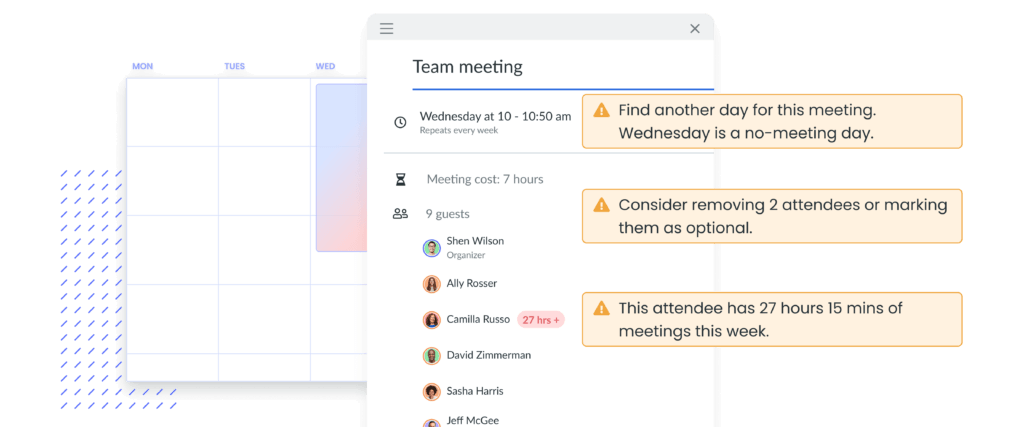
5 Implement high-quality performance management
Having a high-quality performance management is absolutely key when employees are feeling symptoms or full-blown burnout. Here are some ways that you can provide high-quality performance management to your team:
- Give strengths-based feedback that is clear, frequent, specific and consistent
- Create developmental objectives and involve employees in setting their own goals
- Connect performance management to both monetary and non-monetary rewards
- Implement fair and equitable performance management across the team
Parting advice
Addressing burnout needs to be addressed within any organization’s mental health and employee wellbeing strategy (Moss, 2020). People typically find it difficult to speak up when they’re experiencing burnout and continue to show up to work- whether it be virtually or in person. For this reason, leadership needs to make work a safe and healthy space for employees. In order to properly address meeting burnout, senior leadership will need to analyze operations and strategies from an organizational perspective, which will result in both employee wellbeing as well as strong financial outcomes (Moss, 2020).
The hope is that this article has made you question if you truly require your next scheduled zoom call, now knowing that you may be exhausting your team members with the frequency of your online discussions. At the least, think about if you can reduce the meeting time from an hour to a more humble 15 minutes. Your employees may benefit from it more than you know…
References:
Demerouti, E., & Bakker, A. B. (2007). The Job Demands-Resources model: State of the art. Journal of Managerial Psychology, 2(3), 309–328. 499–512.
Gabriel, K. P., & Aguinis, H. (2021). How to prevent and combat employee burnout and create healthier workplaces during crises and beyond. Business Horizons, 1–10.
Mheidly, N., Fares, M. Y., & Fares, J. (2020). Coping With Stress and Burnout Associated With Telecommunication and Online Learning. Frontiers in Public Health, 8, 672.
Moss, J. (2020). Rethinking Burnout: When Self Care Is Not the Cure. American Journal of Health Promotion, 34(5), 565–568.
World Health Organization. (2019). Burn-out an ‘occupational phenomenon’: International Classification of Diseases (p. 1) [Departmental News].









